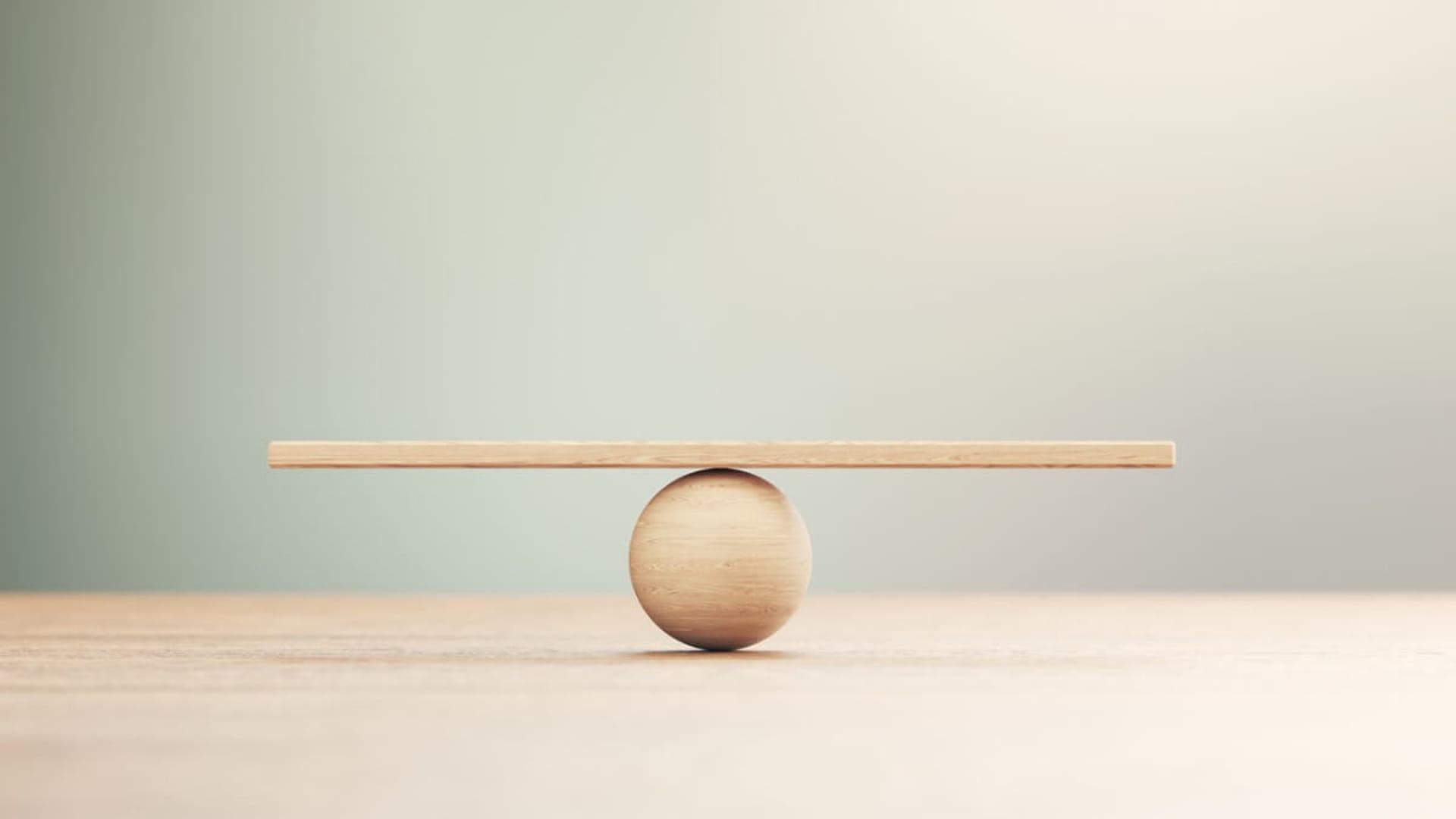- Home
- Technologies
- Laravel
Laravel Development Company
Our Laravel development services already power dozens of active engagements. We typically land our teams within 2 weeks, so you can start shipping top-quality software, fast.
500+ companies rely on our top 1% tech talent.
Laravel Development Services We Provide
Custom Laravel Application Development
Laravel's elegant syntax, efficiency, and features like the Artisan Console make it an excellent choice for custom application development.
We tap into Laravel's many features to craft bespoke applications that streamline your workflows and drive business growth. From initial concept to final deployment, we work closely with your team to deliver customized solutions using tools like Composer, Git, and PHPStorm.
Laravel Web Development & Design
Create aesthetic, functional, and user-friendly websites to elevate your online presence.
Our designers and developers collaborate to create visually appealing and user-friendly websites that engage your audience and drive conversions. With a focus on usability and scalability, we leverage tools like Composer, Artisan, and Laravel Homestead to ensure that your website stands out in a saturated online landscape.
Enterprise Laravel Solutions
Scalable solutions enable seamless integration and the efficient management of complex business processes.
Using Docker, Laravel Force, Envoyer, and other tools, we develop enterprise-grade applications that meet the highest security standards without sacrificing performance. We deliver tailored enterprise solutions, from internal management systems and workflow automation tools to customer portals.
Laravel E-commerce Solutions
Build a better online store. The flexibility and extensibility of the Laravel framework allow us to create feature-rich and scalable solutions.
From customizing existing e-commerce platforms to building bespoke solutions from scratch, we ensure that your online store meets the needs of your business and target demographic. With e-commerce packages like Aimeos, Bagiston, or LaravelShoppingcart, we facilitate the seamless integration of payment gateways, build inventory management systems, and more.
Laravel API Development & Integration
Streamline your application's communication and functionality.
We design and implement robust APIs using Laravel's built-in features like resource controllers and eloquent ORM. From integrating third-party services to enabling mobile app communication, we build and integrate secure APIs.
Laravel Extension & Package Development
Incorporate new features and capabilities into your software. Enhance the functionality and scalability of your Laravel application.
Using tools like Docker and Laravel Homestead, we create custom extensions and packages that easily integrate with your Laravel application. Whether you need to integrate with external services, add new features, or optimize performance, we ensure high-quality extensions.
Laravel CRM & CMS Development
Boost customer-relationship management and content-management processes. Create more intuitive and efficient systems.
From customizing existing CRM and CMS platforms to building custom solutions, we ensure your systems allow you to manage customer interactions and streamline content creation and publishing. With frameworks like Laravel Jetstream and Laravel Nova, we seamlessly integrate third-party services and features like user permissions and workflow automation.
Rolls Royce case study
Rolls Royce turned to BairesDev to develop an efficient, user-friendly mobile app. A two-week discovery process with the Rolls Royce product owner identified a comprehensive list of functionalities, data streams, and displays required to meet their clients’ expectations for a mobile SDS. Read the entire Rolls Royce case study.

Why Choose BairesDev for Laravel Development

1. Robust Security Measures
Our Laravel developers prioritize security at every stage of development, implementing best practices and rigorous testing protocols. Using data encryption, user authentication and authorization, QA testing, and other mechanisms, we safeguard your software against potential threats. We also enforce strict NDAs to protect your confidentiality.
2. Custom Solutions
We craft Laravel applications that align with your business objectives and workflows. Delving deep into your requirements, we incorporate features and functionalities that aren't available in out-of-the-box software. The result? Scalable solutions that empower your team with increased efficiency and productivity.
3. Nearshore, Timezone-Aligned Talent
Gain access to highly skilled Laravel developers who are not only proficient in the latest technologies but who are also aligned with your time zone. Much of our tech talent is located in Latin America, which means that you can communicate and collaborate in real-time. This leads to faster deliveries and better outcomes.
The Laravel Ecosystem We Used in Previous Work
Front-end Technologies and Frameworks
Libraries and frameworks for building interactive user interfaces and styling for Laravel applications.
- Vue.js
- React.js
- Tailwind CSS
- Bootstrap
- Alpine.js
- Livewire
Development and Prototyping Tools
Tools designed to enhance Laravel development workflows, including code generation, debugging, and environment management.
- Laravel Mix
- Ray
- Laravel IDE Helper
- Laravel Tinker
Testing and Quality Assurance
Tools and frameworks focused on ensuring code quality, functionality, and performance through automated testing.
- PHPUnit
- Laravel Dusk
- Pest PHP
- Mockery
Authentication and Security
Tools and packages that provide mechanisms for securing Laravel applications, managing authentication, and protecting against common web vulnerabilities.
- Laravel Sanctum
- Laravel Passport
- Laravel Throttle
- JWT-Auth
- Spatie Laravel Permissions
API Development and Integration
Tools and packages for creating, testing, and integrating APIs within Laravel applications, facilitating smooth data exchange and service connectivity.
- Postman
- Laravel Resource Controllers
- API Resources
- Laravel Fractal
- Lumen
Database, ORM Enhancements, and Queue Management
Tools for database interaction, object-relational mapping enhancements, and managing background job processing in Laravel applications.
- Eloquent ORM
- Laravel Telescope
- Redis
- Laravel Horizon
- Laravel Backup
- Spatie Laravel Schedule Monitor
Deployment, CI/CD, and Server Management
Tools and services for deploying Laravel applications, automating the deployment process, and managing server environments are included in this category.
- Envoyer
- Laravel Forge
- GitHub Actions
- GitLab CI/CD
- Laravel Envoy
- Deployer
Key Things to Know About Laravel
Tailored Solutions for Every Laravel Project
Frequently Asked Questions (FAQ)
What are Laravel web development services?
Laravel web development services encompass a variety of services that leverage the Laravel framework to develop, maintain, and optimize web applications. Examples include custom web app development, enterprise solution development, API development, migration, and upgrades.
Why outsource Laravel development?
Outsourcing development to a Laravel web development company offers many benefits. Some key advantages include access to expertise and niche skill sets, cost efficiency, and the ability to focus on your core business.
How do I choose the right Laravel development outsourcing partner?
When choosing the best Laravel development company for your needs, consider factors such as experience in your industry, portfolio, reviews, fluency in your preferred language, and time zone alignment. A reliable Laravel development company will also be able to furnish client testimonials and referrals.
What does a Laravel developer do?
A Laravel developer builds and maintains web applications using the Laravel framework, built on PHP. Their responsibilities vary by project, but typically, they include designing, developing, and implementing web apps. This involves writing clear and secure code, integrating third-party services and APIs, ensuring the application's security, and managing databases.
Why choose Laravel for web development?
Laravel is a strong choice for web development because of features and qualities like elegant and clean syntax, a robust set of tools for database migration, and a vast ecosystem. The framework is also designed for flexibility and scalability, which makes it well-suited to projects of different sizes.
Is Laravel suitable for custom web development?
Yes, Laravel is suitable for custom web development. The framework offers a wide range of features that support different aspects of the web development process. These features include MVC architecture, eloquent ORM, the Artisan Console, authentication and authorization mechanisms, and the Blade Templating Engine. Laravel also has a large and active community, which facilitates better problem-solving.
How secure is Laravel?
Laravel is very secure—in fact, it is designed with security in mind. The framework includes features like secure Bcrypt hashing for storing passwords, encryption, CSRF protection, and SQL injection prevention. These features offer protection against various common security vulnerabilities.
Can Laravel handle high-traffic applications?
Yes, Laravel can handle high-traffic applications. Tools and features like caching, event broadcasting, and queue management help optimize performance and scalability.
What kind of applications can I build with Laravel?
Laravel is a versatile PHP framework that is used to develop a wide range of web applications. Examples of applications and software you can build with Laravel include content management systems (CMS), business apps, e-commerce platforms, social networking platforms, educational apps, real-time applications, and RESTful APIs. The framework's architecture and ecosystem facilitate building practically any type of web application.
What is the typical process of outsourcing Laravel development?
Outsourcing Laravel development involves a few key steps. First, you should define your project requirements. Determine what type of talent you need and the outsourcing model that best suits your objectives. Start searching for prospective partners and thoroughly vet all candidates. This involves examining the company's portfolio and referrals, evaluating credentials, and assessing communication and project management procedures. Once you have chosen a partner, agree on project features and factors including scope, deliverables, timeline, and more. Then, you will move on to the development phase.
How can I ensure effective communication and project management with an outsourced Laravel team?
Ensuring effective communication and project management with an outsourced Laravel team begins with choosing a partner that demonstrates transparency and has proper strategies and tools in place for this purpose. Establish clear requirements and goals from the get-go, determining objectives, target audience, standards, and functionalities. Also, define the project scope, including milestones, timelines, and deliverables.
You should also leverage tools like Slack, Zoom, Trello, Asana, and/or Jira to stay apprised of team efforts. Choosing a partner with team members who are fluent in your preferred language will reduce the potential for miscommunication. Additionally, ensuring time zone alignment will allow you to collaborate more effectively during working hours.
How Businesses Can Overcome the Software Development Shortage
BairesDev Ranked as one of the Fastest-Growing Companies in the US by Inc. 5000

See how we can help.Schedule a Call










